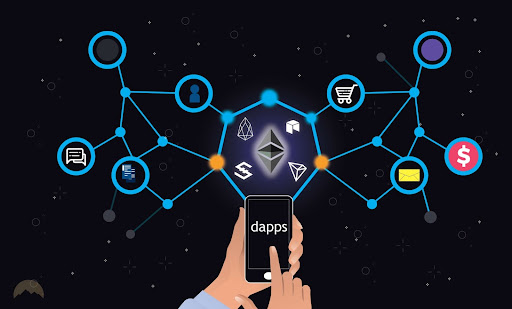Developing decentralized applications is not an easy process. And today we will look at its features.
It is very difficult to develop such an application on your own. So your best bet is to refer to the decentralized app development by Unicsoft.
How it all began?
Then came client-server applications, in which an end-user-controlled program accessed data stored on servers, where central software responded to their requests. This scheme is used to this day.
A little later, what is considered the best technological invention of all time: the Internet, which will expand the scope of client / server applications to the ends of the earth. Now requests could be made from anywhere in the world as if they were using the company’s local network. Telecommunications services have allowed this type of connection for many years, but thanks to the Internet, the cost has become very low and private high-speed connections have remained reserved for very specific purposes.
With blockchain technology came the innovation of dApps, applications that no longer depend on central software for their operation, but are distributed across thousands of devices that communicate with each other via internet channels. Bitcoin and other cryptocurrency systems are examples of decentralized applications that do not need intermediaries to host or manage user code and data.
The development of decentralized applications does not require the approval of any central authority, which by design does not exist as such. The most common platform used to run dApps is Ethereum, where over a thousand applications of this type have been built.
While the back end of traditional applications runs on servers, the dApp runs on a decentralized peer-to-peer (P2P) network. The front-end code (with which users interact) can be written in any programming language that can bind API calls (requests) to the back-end. There are now also services like IPFS where the dApp interface can be placed.
Perhaps the main difference between decentralized and traditional applications from a development perspective is the level of granularity with which dApp code is parsed prior to release. In this sense, one can draw an analogy with hardware development, which is also as strict as the budgets and the firm behind them allow in the first case and demand it in the second.
As with hardware, dApp pre-testing is often quite rigorous, as the cost of releasing a bad product is often quite high, which also affects the manufacturer’s reputation. Smart contracts coded during dApp development cannot be modified once they are launched on the mainnet, and errors in their programming call into question the professional skills of their developers and put users’ money at risk.
When developing traditional applications, the goal is to bring the minimum viable product (MVP) to market, so it is common to use fast iteration cycles. The software is considered ready for public use, after which the necessary corrections or updated versions of the software are released as soon as possible.
From a security perspective, formal code review is much more common when developing decentralized applications. This process consists of checking if the algorithm meets certain logical requirements.
The main blockchain platform for hosting decentralized applications is Ethereum. This network was the first to create a Turing complete language ready for writing smart contracts. Ethereum is the community with the largest number of developers in the blockchain ecosystem, and over 90 percent of the best dApps have been created in its environment.







